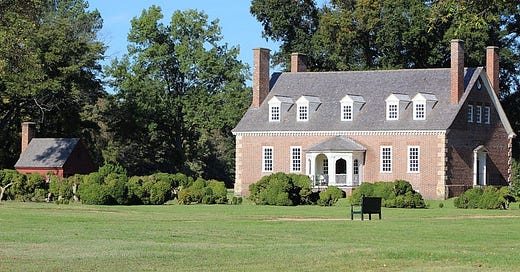Reflecting on a Decade of Thought Regarding Issues Facing the Field
As I prepared to write An American Association for State and Local History Guide to Making Public History, I reflected on ten years of…
As I prepared to write An American Association for State and Local History Guide to Making Public History, I reflected on ten years of AASLH annual meeting themes and the essays that accompanied them that ran in the spring issue of History News magazine.
My goal was not only to present the essays in a single volume, but also to provide additional thought introducing each chapter. In doing so, some macro themes of discussion emerged: Sustainability, Diversity and Inclusion, and History Relevance. I’m sure none of these is a surprise to you.
Sustainability
Financial and institutional sustainability is of paramount importance. This extends, of course, from community engagement to funders to advocacy. Second, the need to change/transform our modus operandi, and strategies for doing so, permeates. The Internet has led to challenges of interpretive authority while we navigate the complex waters of deeper community engagement. Third, collections remain a blessing and a curse, simultaneously our biggest competitive advantage and one of our biggest burdens — with storage areas packed with millions of items (some of dubious worth) needing constant care.
Diversity and Inclusion/History Relevance
Two additional motifs emerge; they are closely related. The first is diversity and inclusion. The field must address, and address quickly, the homogeneous nature of our audiences and our staffs as it relates to the multiculturalism of our communities and our audiences. The second is both a subset of that discussion and a behemoth in its own right: the relevance of our discipline.
Throughout the book, you I refer to the History Relevance Campaign. This began as a grassroots effort by folks like you and me, public historians who sought to answer one simple question: “If there’s an environmental movement and a STEM movement and an arts movement, why is there no movement for history?” Their work has resulted in some organizing precepts, most notably in a series of Value of History statements. I used these statements throughout the book because I find them to be cogent arguments for the importance of our work.
Sustainability, Diversity and Inclusion, and Relevance are the issues that I found when I surveyed the discussions happening in and around the American Association for State and Local History in the decade-plus that I worked there. What trends/issues have you noticed and/or encountered in your own work?
A twenty-year veteran of the nonprofit world, Bob Beatty is founder of The Lyndhurst Group, a history, museum, and nonprofit consulting firm providing community-focused engagement strategies for institutional planning, organizational assessments, and interpretive direction.




